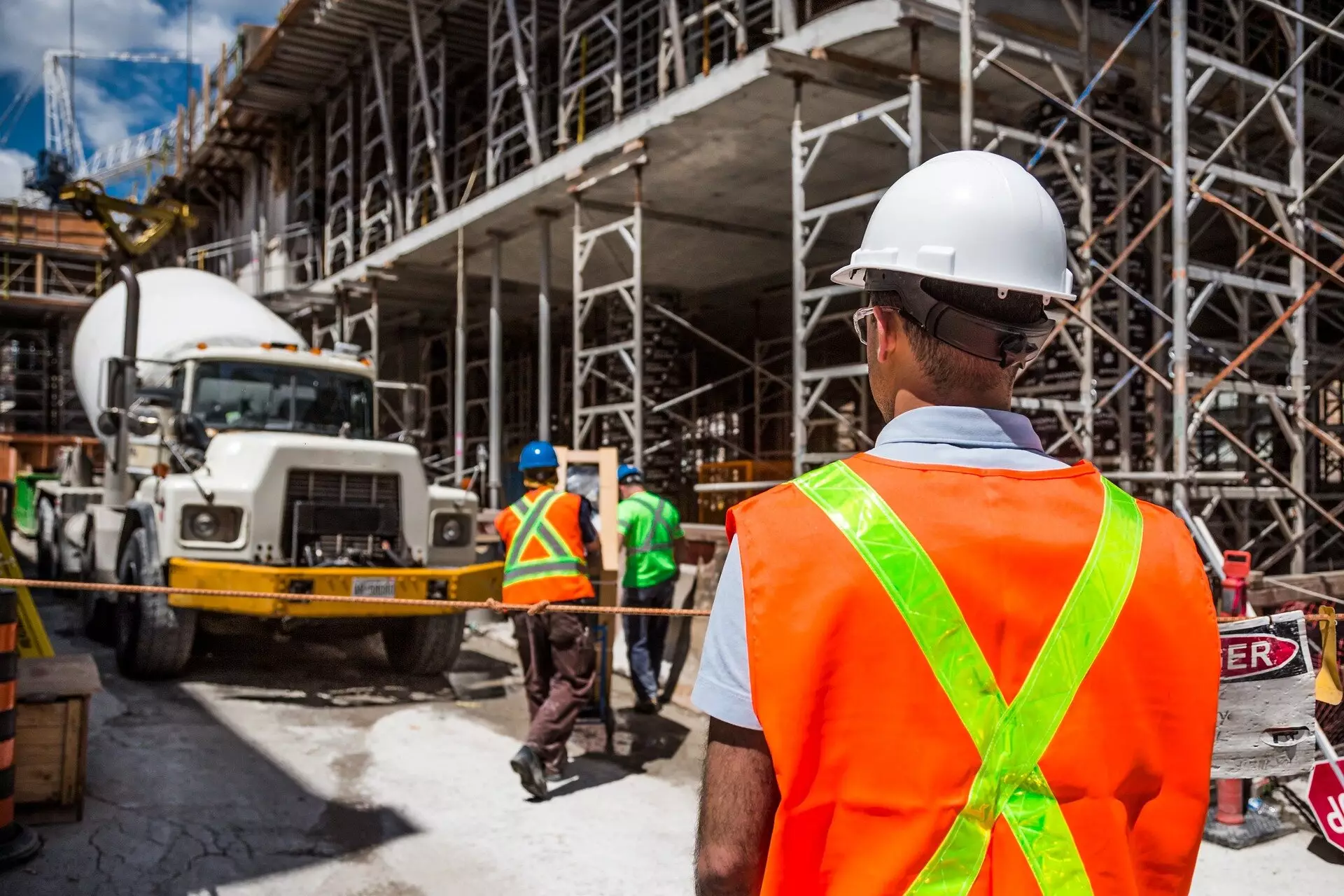The construction industry in the U.K. faces a substantial challenge regarding its carbon emissions. Recognized as a significant contributor to greenhouse gases, traditional building materials and practices can have a lasting negative impact on the environment. In response to escalating climate concerns and the U.K. government’s commitment to achieving net-zero emissions, researchers are exploring alternative materials to mitigate the industry’s ecological footprint. One promising avenue highlighted by a comprehensive report from the University of Dundee, in collaboration with the Mineral Products Association (MPA), is the integration of waste clay and brick into concrete production.
The study emphasizes that reclaimed clay and finely ground brick powder demonstrate substantial potential when used as calcined clays in cement and concrete manufacturing. The investigation reveals that this innovative approach could reduce embodied carbon emissions by as much as 30% compared to traditional Portland cement, particularly the market-leading CEM I cement. This reduction in carbon footprint is achieved through efficient reuse of materials that would otherwise contribute to waste, thereby fostering sustainability within the construction sector. Moreover, the widespread adoption of these methods could prevent approximately 1.4 million tons of waste from entering landfills, showcasing the dual benefits of promoting environmental responsibility while addressing material shortages.
Conducted by the experts at the University of Dundee’s Concrete Technology Unit, this research not only focused on environmental benefits but also on the long-term durability of the calcined clay concretes produced. Their findings reveal that these materials hold up remarkably well, even in challenging environments, including coastal regions. The versatility of this innovative concrete makes it suitable for a broad range of applications—from constructing bridges to supporting offshore renewable energy infrastructure. Dr. Moray Newlands from the University reiterated the significance of developing concrete that aligns with sustainability goals while ensuring structural integrity and longevity.
The successful implementation of these sustainable practices hinges on the establishment of robust supply chains for calcined clay. With the U.K. being naturally endowed with abundant clay deposits, there lies a promising opportunity for local sourcing, which could obviate the reliance on imported industrial by-products like ground granulated blast-furnace slag (GGBS) and fly-ash. As the country moves towards decarbonizing its power and steel industries, the search for alternative materials will become increasingly crucial. The study confirms that both rotary kilns and the more experimental flash heating methods produce high-quality calcined clays. The absence of significant differences between these heating techniques opens the door for broader use in construction, showcasing the feasibility of scaling up innovative practices.
The endeavor to utilize waste clay and brick not only represents a step toward a sustainable construction industry but also has the potential to energize the economy. Dr. Diana Casey from MPA noted that tapping into these resources could stimulate job creation and attract investment in the U.K. As the emphasis shifts to low-carbon technologies, developing a new market around calcined clay can ultimately contribute to retaining economic value locally, engendering a more self-sufficient and resilient construction sector.
The strides made towards integrating low-carbon cements and other innovations form part of a strategic roadmap laid out by MPA. This ambitious framework outlines seven critical strategies aimed at achieving net-zero emissions in the construction sector. The collective commitment from industry stakeholders to lower carbon emissions significantly—by 53% since 1990—illustrates a proactive approach towards environmental stewardship.
The utilization of waste clay and brick in concrete production serves as a vital step forward in creating a more sustainable construction industry in the U.K. By embracing these innovative materials, not only can the sector reduce its carbon emissions substantially, but it can also pave the way for economic growth and long-term resilience against the impacts of climate change.


Leave a Reply